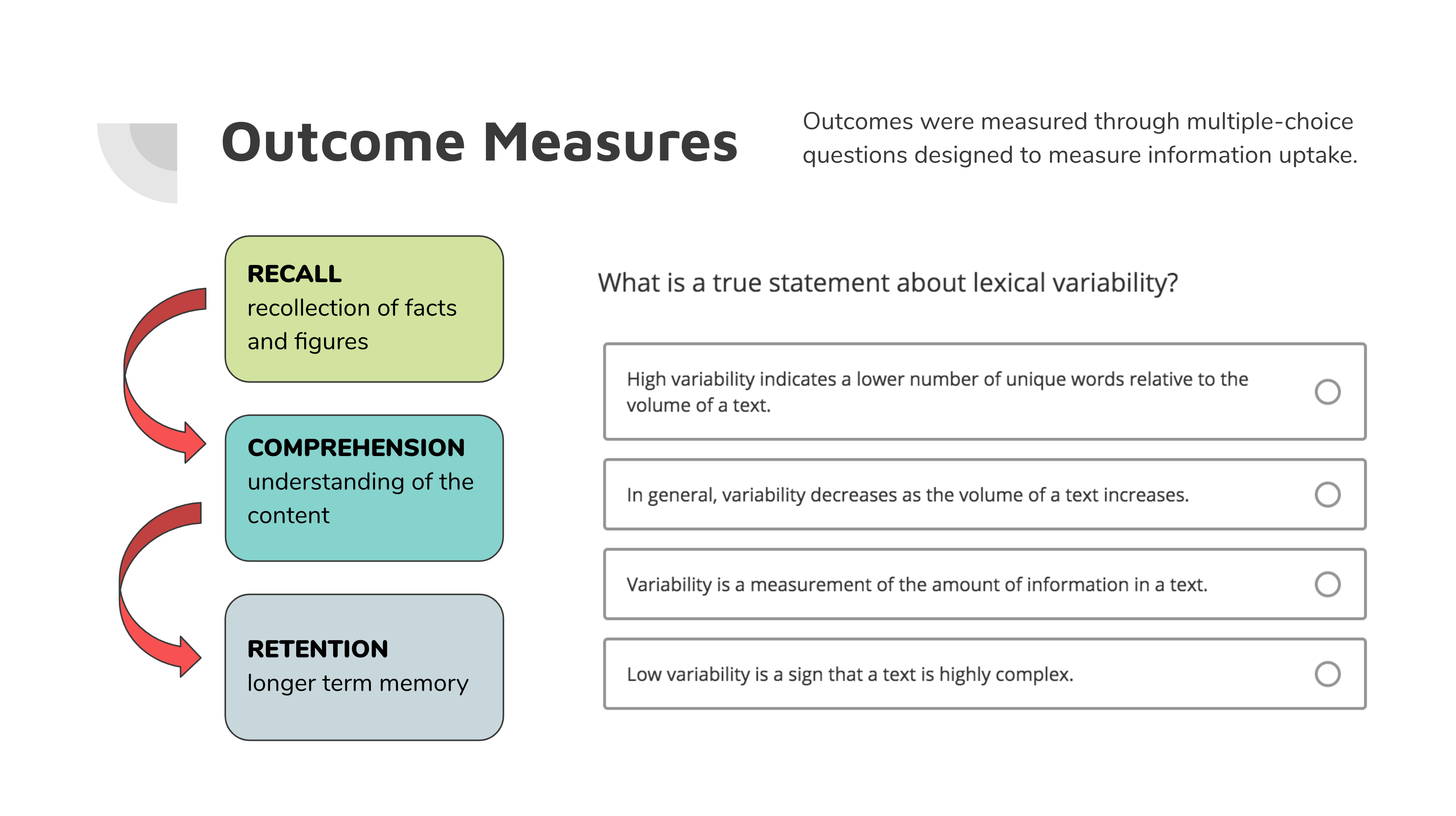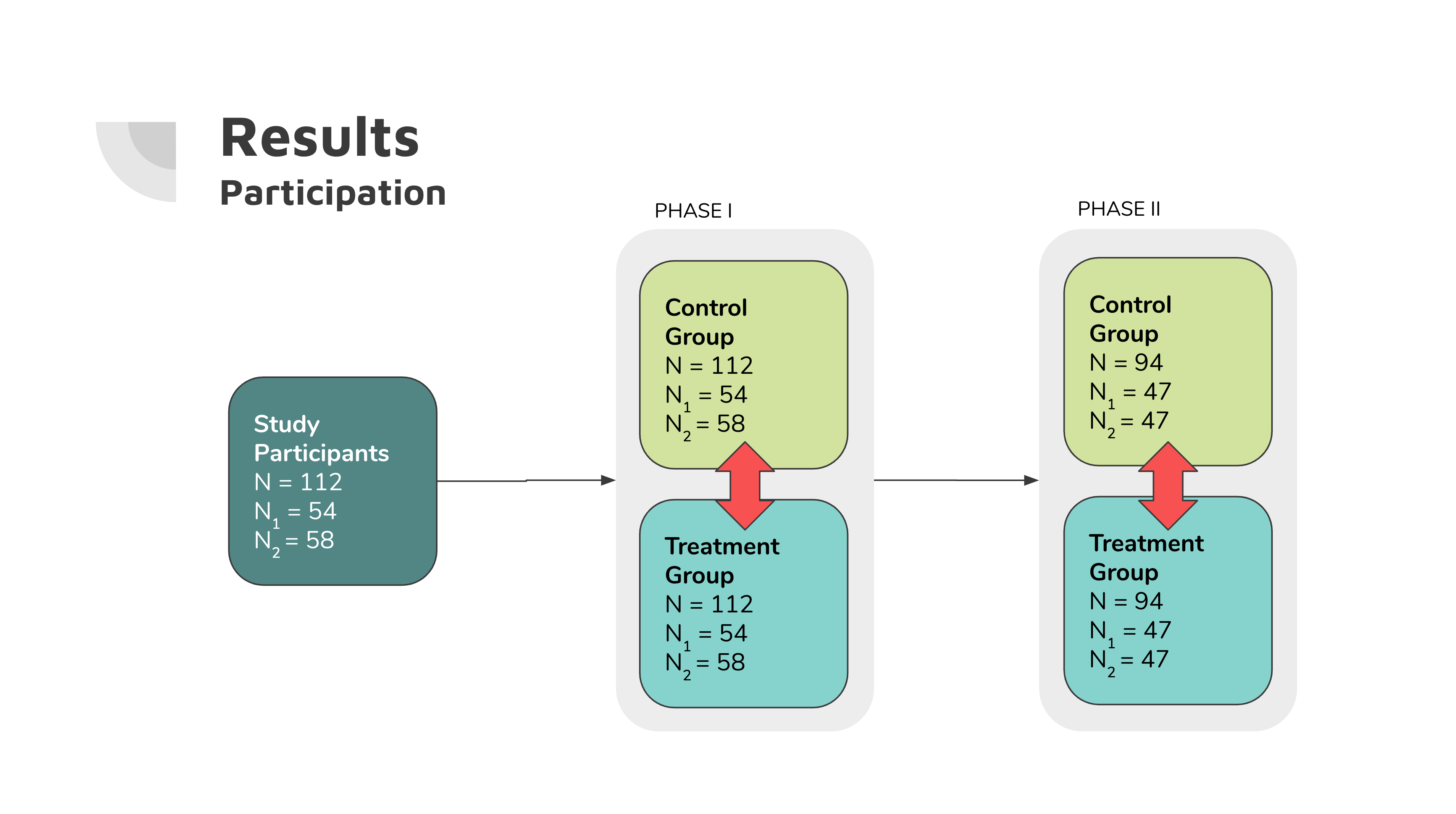ANNA JACOBSON

I am passionate about the evolution of decision-making, from data to information to insight to action - and I'm fascinated by the potential this process has to change the world around us.
LinkedIn | Behance | Medium | Flickr

Decoding Game of Thrones
UC Berkeley | Experiments and Causality
Anna Jacobson, Alex West, and Apik Zorian
Project Description
An end-to-end research project using causal inference to explore the relationship between instructor and student gender on student learning outcomes.
Skills
Experiment Design, Data Cleansing, Data Analysis, Statistics (including Causal Inference, Hypothesis Testing, and Regression Analysis), Written Communication, Data Visualization
Tools
Qualtrics, R (with GGPlot2 and Stargazer), R Markdown, Microsoft Excel
Motivation
Possible causes of the persistent gender gap in science, technology, engineering, and mathematics (STEM) fields are hotly debated, as are its proposed solutions. At the college level, recruiting more female faculty to teach STEM classes has been suggested as an option to reduce the gender gap based on the potential to attract and retain female students through a role model effect. While a growing body of literature has examined the role of instructor gender at the higher education level, it typically focuses on academic outcomes and in-person education. The increasing prevalence of online learning through video presents a new facet to this discussion and one that has received less attention from researchers. This paper undertakes a unique approach by exposing students to identical content for videos (utilizing a lecture about Game of Thrones as a basis for understanding) recorded by both male and female instructors and measuring students’ learning outcomes. In general, we find little to indicate a significant relationship between instructor gender, student gender, and student performance, but we discuss some interesting findings with regard to the order of instructors and female student outcomes. We conclude by discussing the implications of these findings and further research possibilities.


